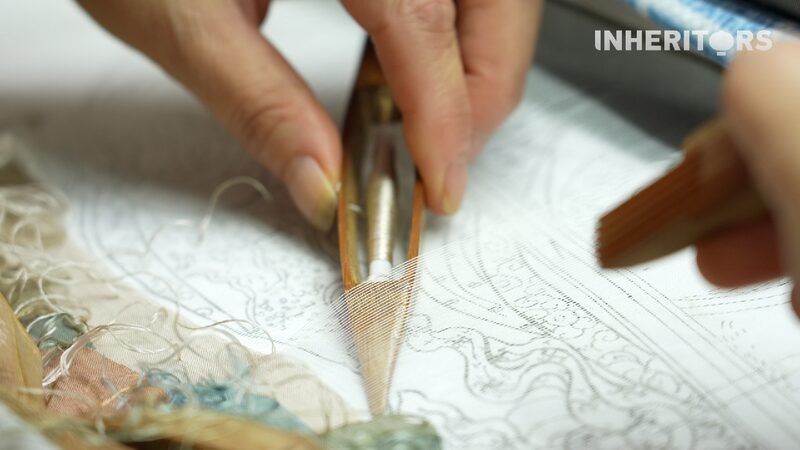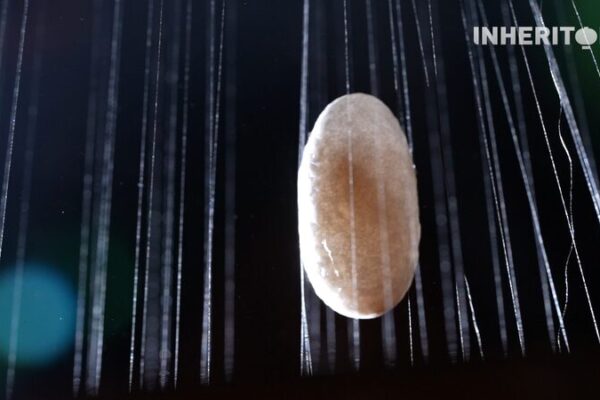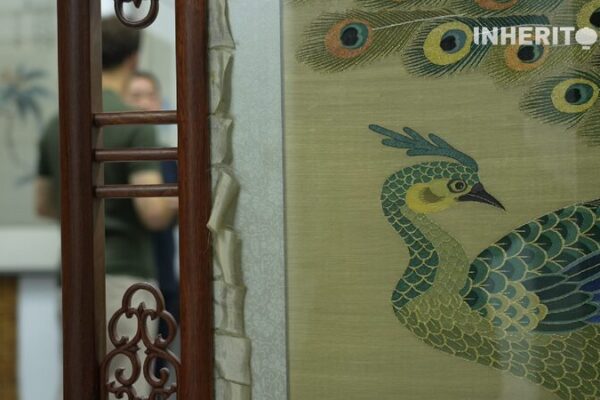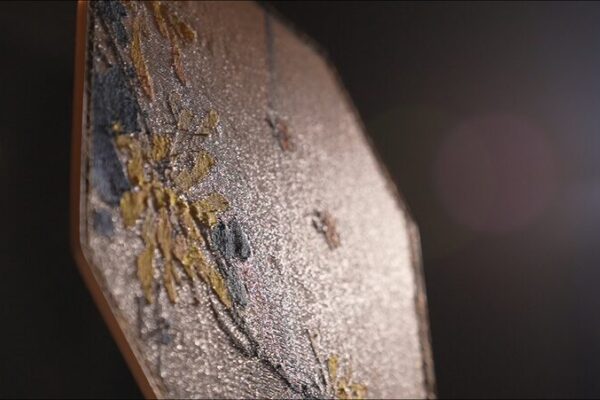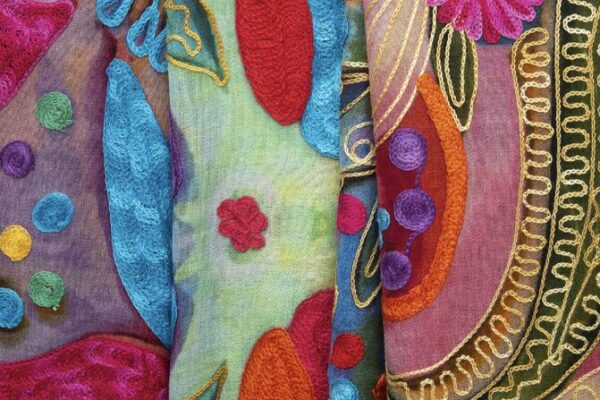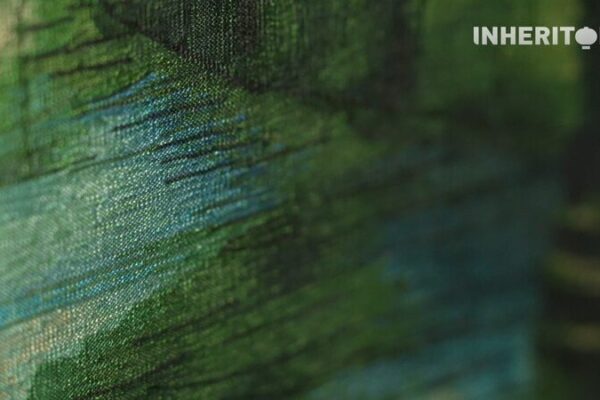Kesi weaving, a centuries-old Chinese craft, is experiencing a renaissance as artisans and enthusiasts seek to preserve its delicate beauty and intricate techniques.
An Ancient Craft with Royal Heritage
Originating during the Tang Dynasty, Kesi weaving employs the unique “cut weft” technique, where each thread is meticulously separated and woven to create independent patterns. This method allows for incredibly detailed and vibrant images, resembling a tapestry of silk brushstrokes.
Historically, Kesi textiles were prized by emperors and nobles for their exquisite craftsmanship and were often used in royal garments and artworks. The rarity and complexity of the technique made Kesi pieces symbols of status and wealth.
The Art of “Cut Weft”
In Kesi weaving, the warp threads serve as the canvas, while the weft threads act like the artist’s brush. Artisans skillfully manipulate these threads to bring intricate designs to life, often depicting landscapes, mythical creatures, and scenes from classical literature.
Reviving a Timeless Tradition
Despite its rich heritage, Kesi weaving faced decline due to the labor-intensive process and the rise of modern textile production. However, recent efforts by cultural institutions and dedicated weavers are reviving this art form, introducing it to new generations and global audiences.
As more young people in the Chinese mainland and around the world discover the allure of Kesi weaving, there is hope that this ancient craft will continue to thrive, weaving together history and modernity in delicate threads of silk.
Reference(s):
cgtn.com
